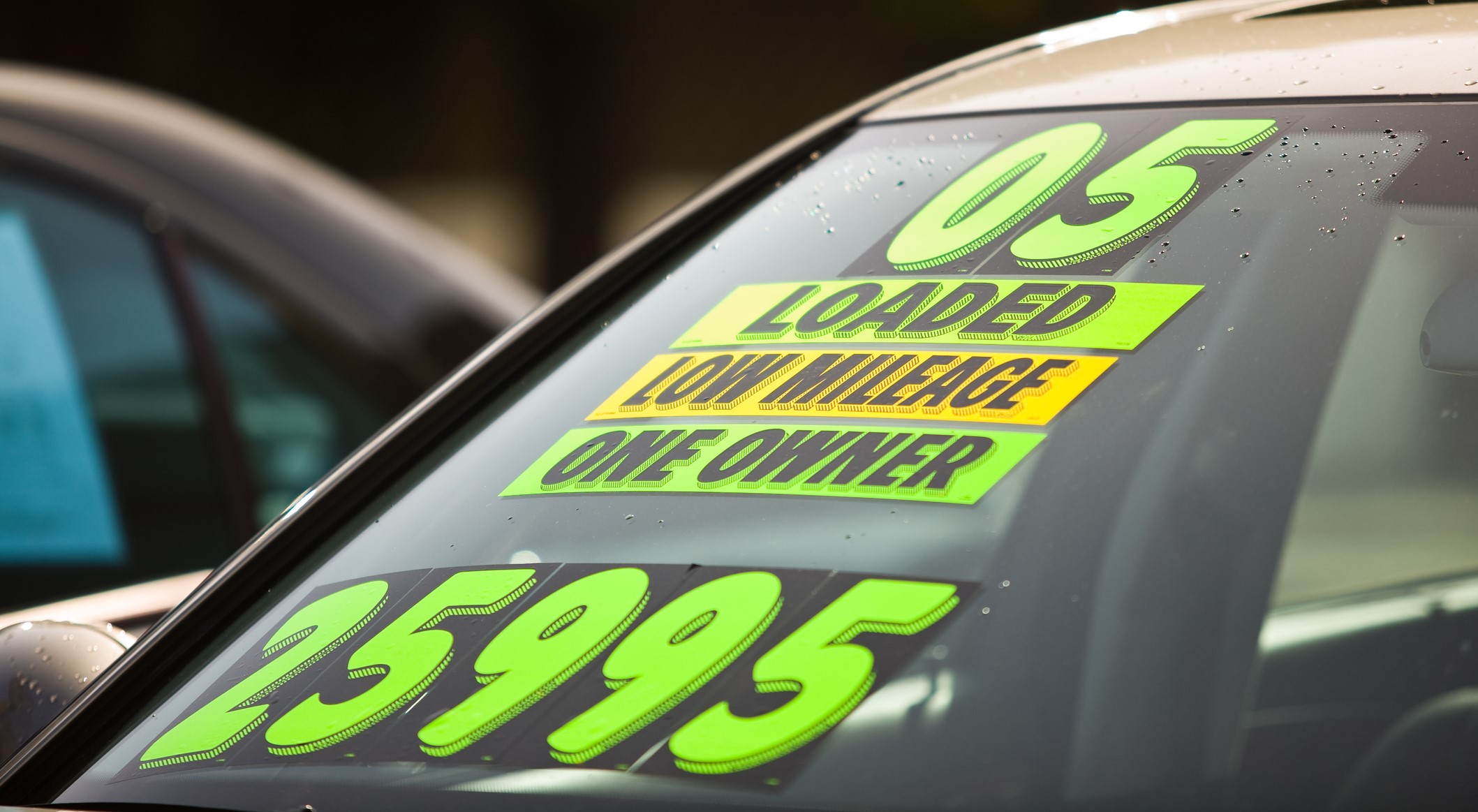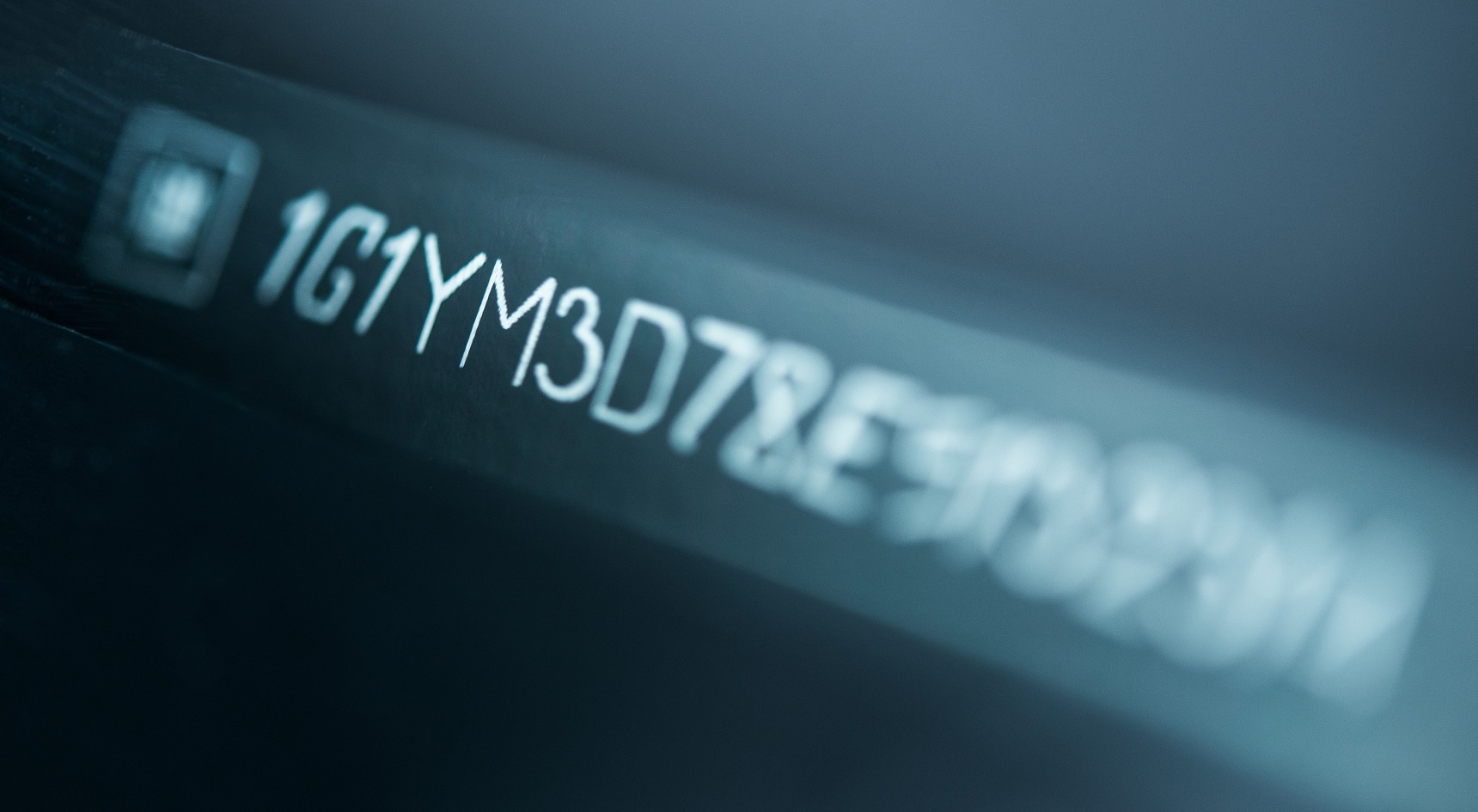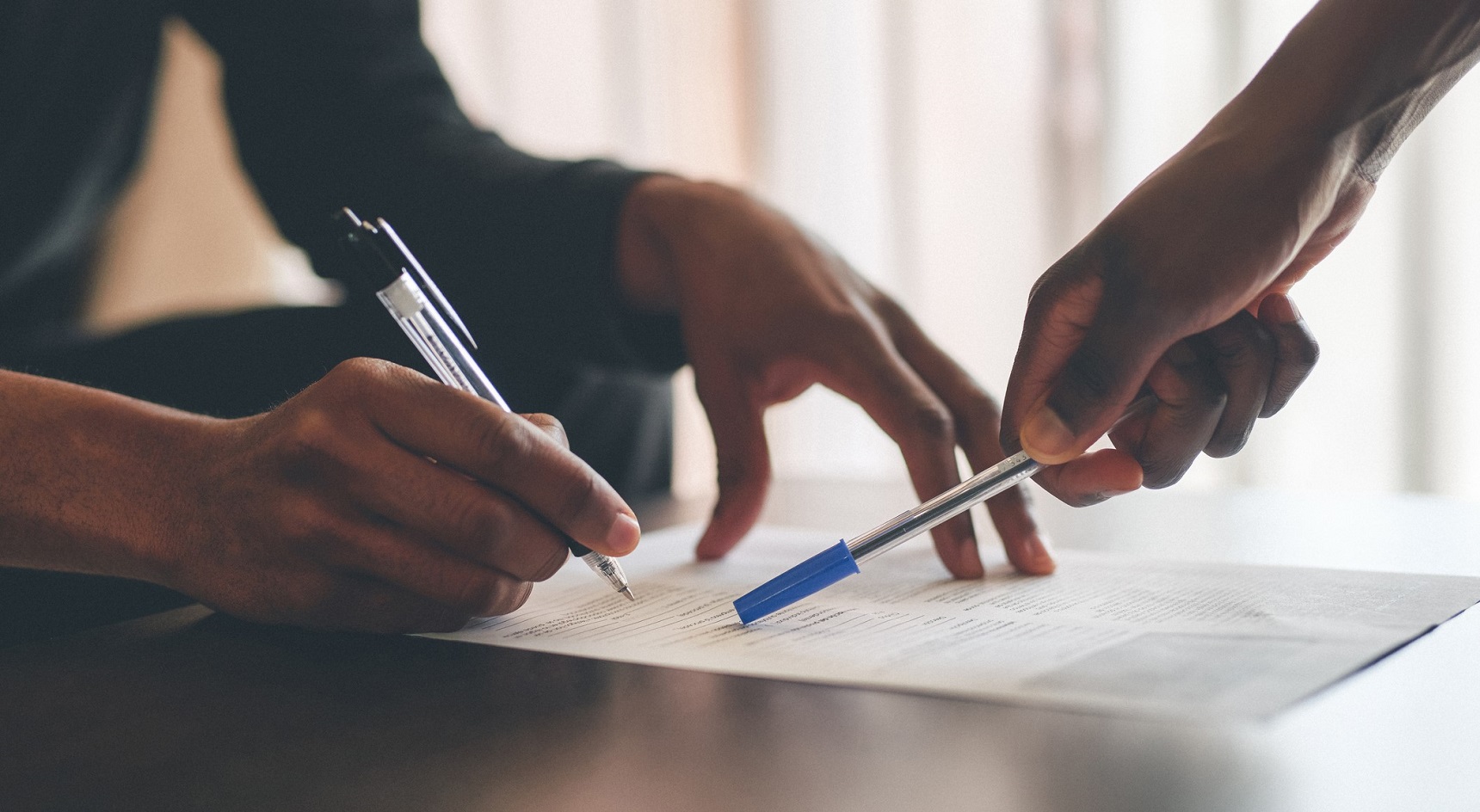Car-buying tips for 2023

Supply problems over the past few years have seen buyers experience lengthy delays for the delivery of new vehicles.
While some of these issues are ongoing, April 2023 saw a 1.3% increase in new-vehicle sales compared to 12 months earlier, according to Federal Chamber of Automotive Industries (FCAI) data.
SUVs and light commercial vehicles continue to lead the pack, grabbing a whopping 76.8% of the market.
FCAI Chief Executive Tony Weber said electric vehicles (EV) accounted for 8% of sales in April.
“This is well up from 1.1 per cent compared with April 2022,” he said.

The used-car market
The supply issues that have impacted new-car availability have resulted in used vehicle prices skyrocketing.
In June 2022, retail website carsales.com recorded a staggering price increase of 29.8% for mainstream brands compared to the same month in 2021. Prices have since eased, though the cost of popular models is still significantly above pre-pandemic levels.

RAA Mobility Technology Specialist Mark Borlace said the outlook for the used-car market was positive.
“The good news for buyers is that the price of used cars has stabilised to a large degree now,” Mr Borlace said.
What to look out for
With used prices at an all-time high and an increase in demand for new vehicles, it’s more important than ever to ensure you’re not being taken for a ride.
If you’re looking to buy a car in the near future, these tips will help keep you ahead of the game.
1. Check ANCAP and Used Car Safety Ratings
ANCAP safety ratings are published for a range of new passenger, sports utility and light commercial vehicles on the Australian and New Zealand markets. ANCAP gives new cars a star-rating, from zero to five. This indicates the level of safety a vehicle provides for occupants, pedestrians and cyclists in the event of a crash.
ANCAP puts new cars through their paces with a range of complex tests. Vehicles are assessed in four key areas: adult occupant protection, child occupant protection, vulnerable Road User Protection and Safety Assist.

If you’re buying a used car, check its Used Car Safety Rating rather than its ANCAP safety rating. This is important because features that were once considered the ultimate in safety may have since been superseded.
ANCAP safety ratings remain static and are based on technology from the year they were issued. Used Car Safety Ratings, on the other hand, take the ageing process into account.
2. Research recalls
If you’re looking to purchase a used car, it’s important to do your research beforehand to make sure it hasn’t been recalled. Your one-stop shop for recall information is the Product Safety Australia website, published by the ACCC. Check to see if your car’s VIN (vehicle identification number) is listed on the recall page.
A VIN is a unique 17-character serial number – think of it as your car’s ID. You can find it either under the bonnet, at the bottom of the windscreen on the passenger side, or on the inside of the driver’s door.

Any time a vehicle is recalled, information will be published on the transport recalls page. You can also sign up to receive email updates.
3. Pay close attention to warranties
Buying through a dealership can be intimidating, but it usually means you’ll get a warranty. That being said, it’s important to read the fine print of any warranty, so you know exactly what it covers and how long it lasts.

If you buy from a dealer, you’ll be protected by the Second-hand Vehicle Dealers Act. Under this act, dealers need to guarantee their vehicles are free from financial interest, meaning there’s no money owing.
The act also requires that all cars sold are roadworthy. If a car’s been written off previously, the dealer needs to inform you.
4. Check the paperwork
To really know a car’s history, you’ll need to obtain its logbook. An up-to-date logbook will tell you how often a vehicle has been serviced and what mechanical repairs have been carried out on it throughout its life – essential information for any new owner.
Make sure you also check the Personal Property Securities Register before buying a second-hand vehicle. This will tell you if a car has any money owing on it and may save you from buying one that’s been repossessed.
Finally, make sure you obtain the vehicle’s VIN and engine number and check that they match those on its registration papers.

Don’t buy a lemon
If you’re in the market for a used car, consider getting an RAA Vehicle Inspection.

